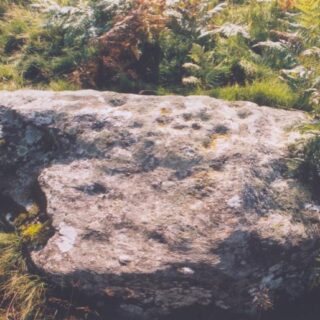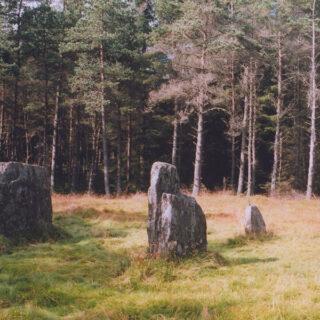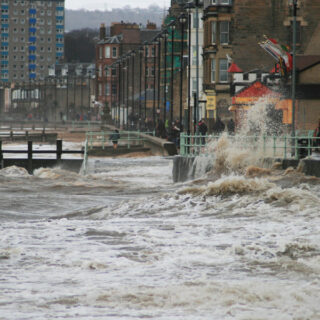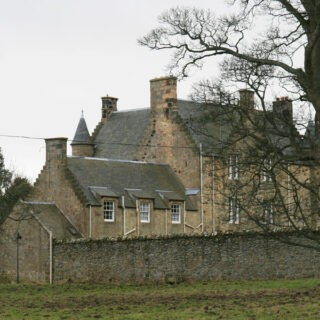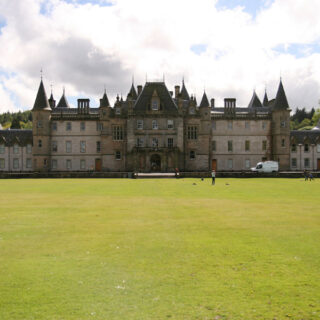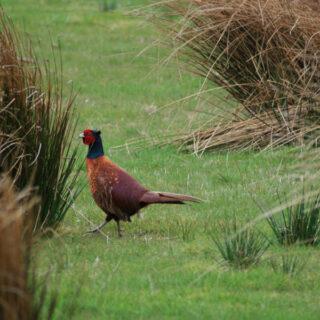Today we drove up to Perthshire with the intention of climbing Birnam Hill, partly because of its iconic name, partly for the exercise, partly for the views and partly to visit the ruins of Rohallion Castle.
After a quick visit to an exhibition of Beatrix Potter watercolours at the Birnam Institute we parked at the small car park below Birnam Quarry, just off the A9 on the B867. From here a path leads up through Birnam Wood, made famous of course by Shakespeare in Macbeth.
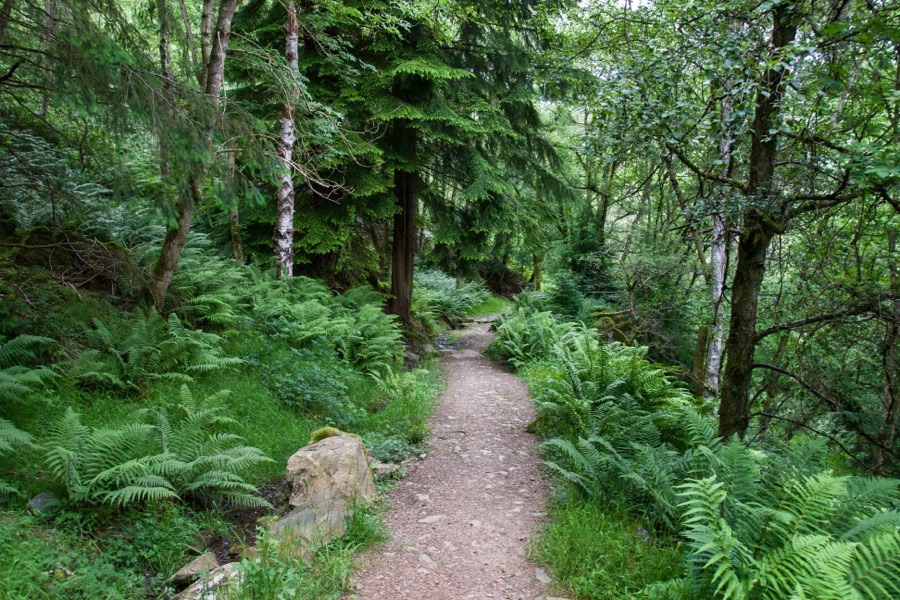
It wasn’t long before the path emerged from the trees as it skirted the west edge of the wood.
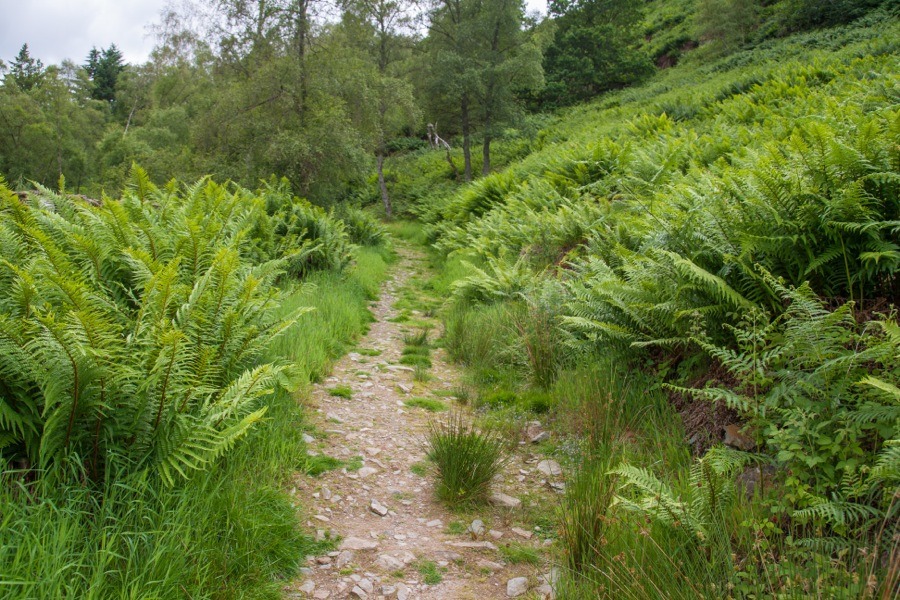
Further up the hill we took a slight detour to the Stair Bridge which crosses the Birnam Burn and affords great views over Birnam Wood below, with Rohallion Lodge visible in the foreground and Rohallion Loch beyond it.
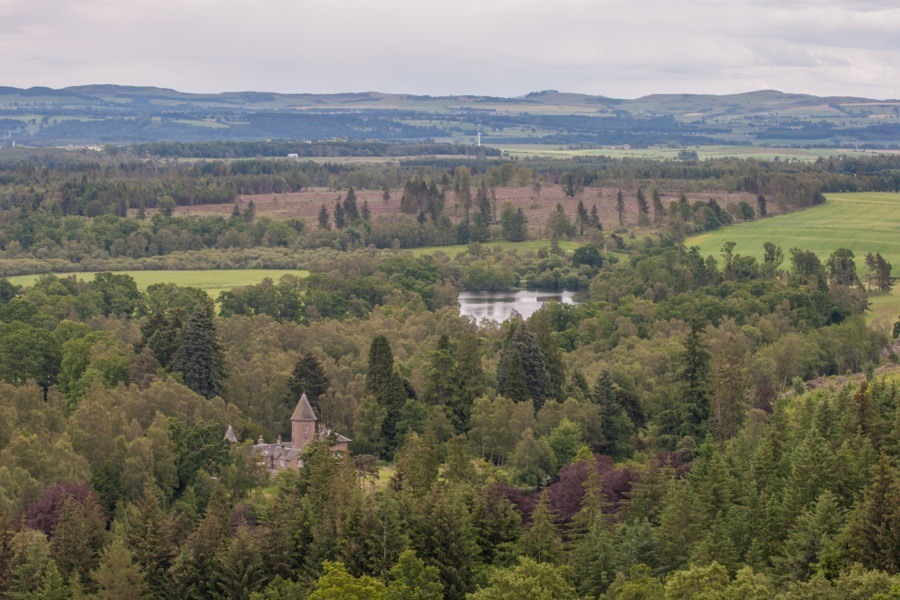
Back on the track and a few hundred metres further on the path leaves the edge of the wood and heads north across open moorland on the shoulder of Birnam Hill. The view below is looking back south along the path we’d just walked.
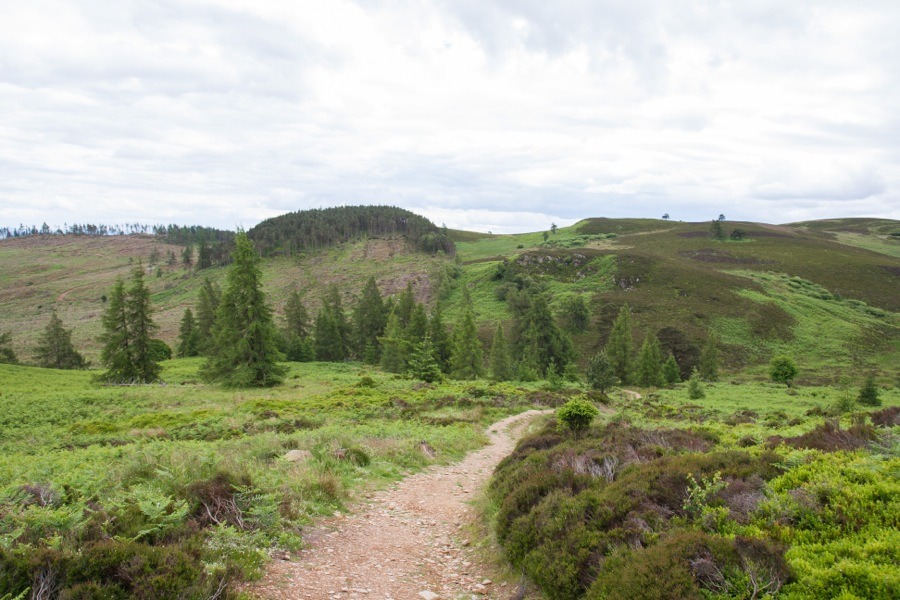
The path continued to climb gently across the moorland before reaching a much steeper section leading up onto the King’s Seat, the summit of Birnam Hill. While pausing to enjoy the view at the bottom of this climb we spotted Rohallion Castle further down the hill, almost entirely covered by bracken.
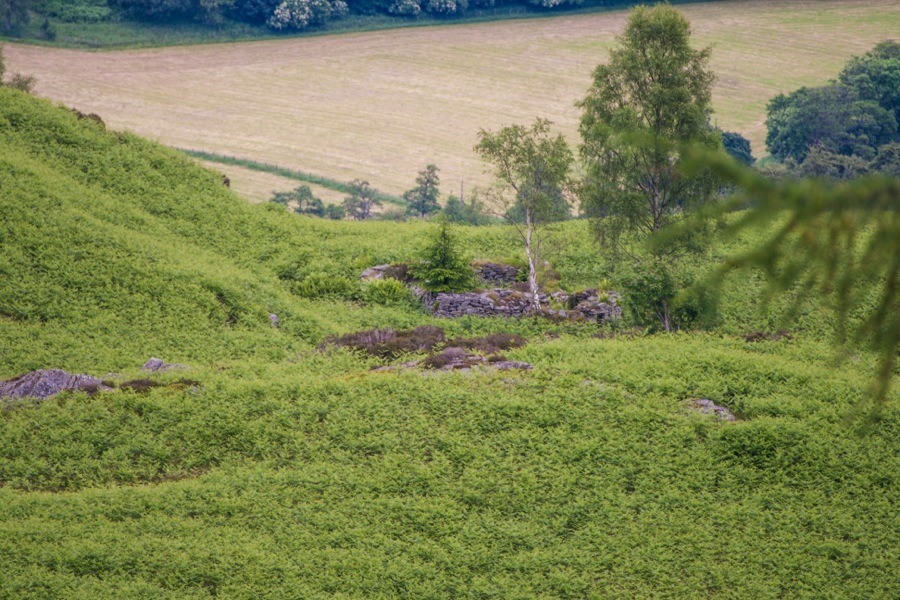
Originally we had planned to do a circular route which continues over the summit of Birnam Hill, descends to the north and returns east and south to the car park. But with certain members of the party already flagging slightly we decided to climb to the summit then return the way we’d come but with a detour to Rohallion Castle. So we started the steep climb up a zig-zagging path.
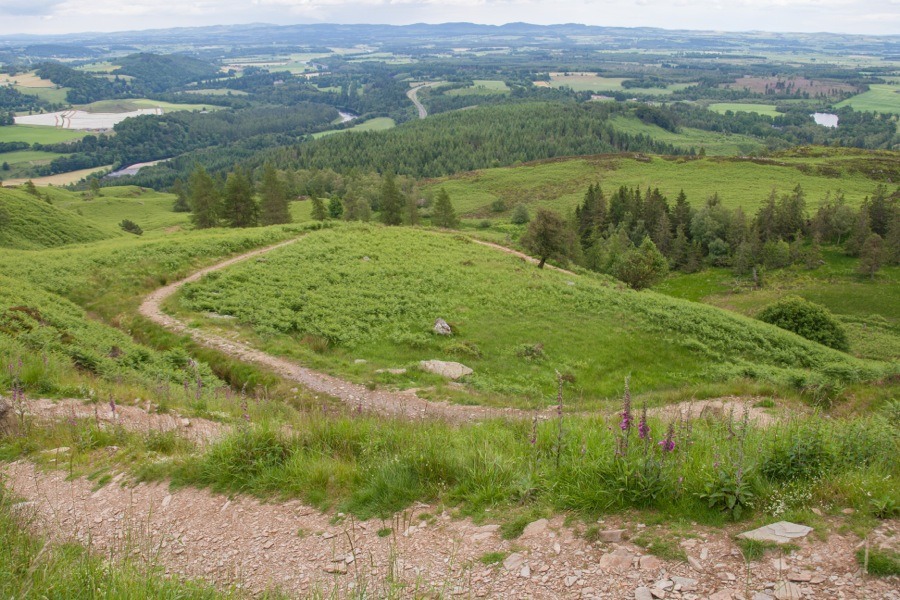
From the top of this path there was a view east across the River Tay to Murthly Castle.
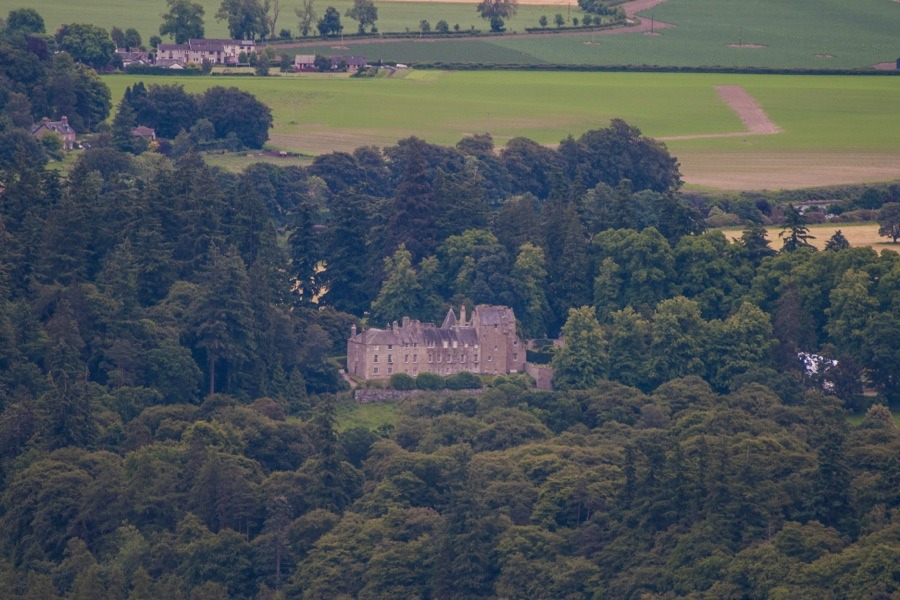
From here it was fairly easy going through undulating moorland to the summit where a large modern cairn has steps built into it, lifting you just above the trees to get a 360 degree view. The view to the north is particularly good, with the distinctive pointed peak of Schiehallion visible in the distance.
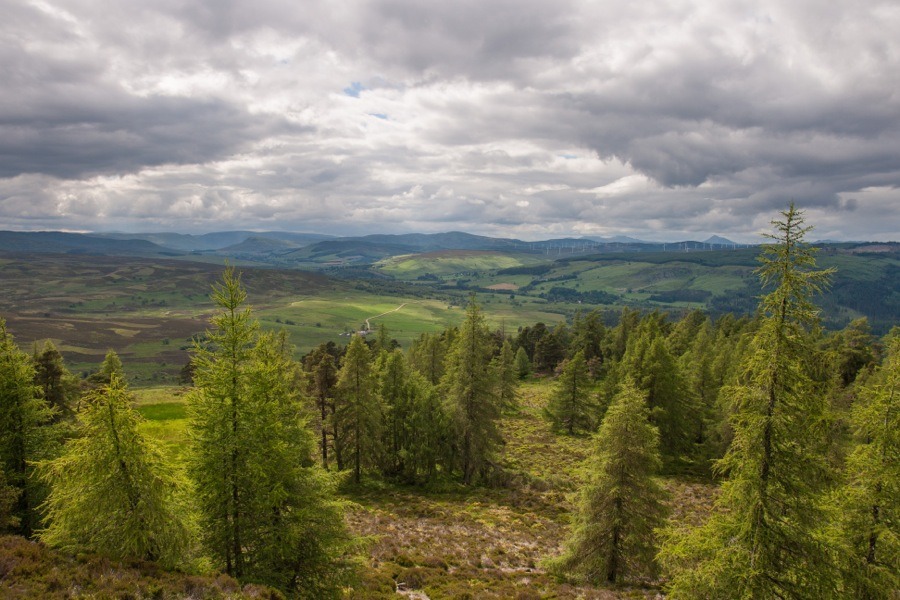
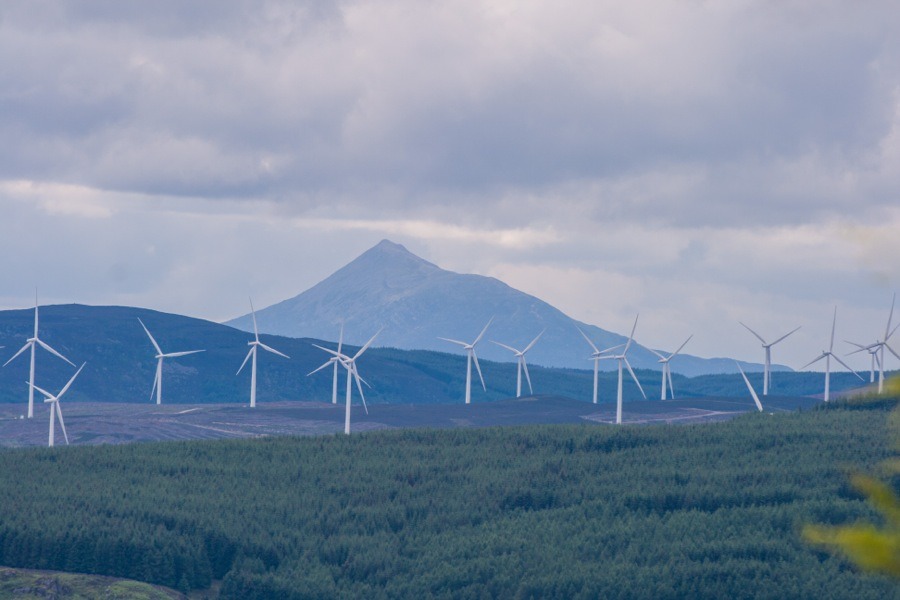
We made our way back down from the summit to the bottom of the zig-zag path and took a narrow track, barely discernible in the thick bracken, running north-east along the edge of the rocky cliffs below the King’s Seat. The whole area was a sea of ferns, so when we spotted the slightest of tracks leading along the edge of a barbed wire fence in the general direction of Rohallion Castle we decided to take it. Which was easier said than done as the bracken was chest height in places, but we waded through as it was our only option if we were to reach the castle.
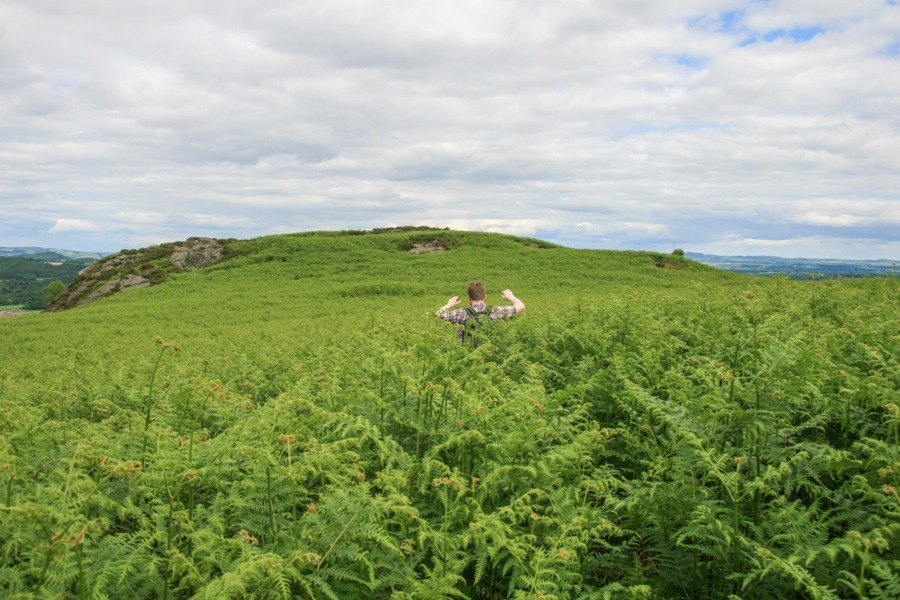
About halfway to the castle a deer leapt out of the bracken – I don’t know who was more surprised, her or us – and bounded off through the thick vegetation. Eventually we reached the castle, which is thought by some to be the smallest castle in Scotland.
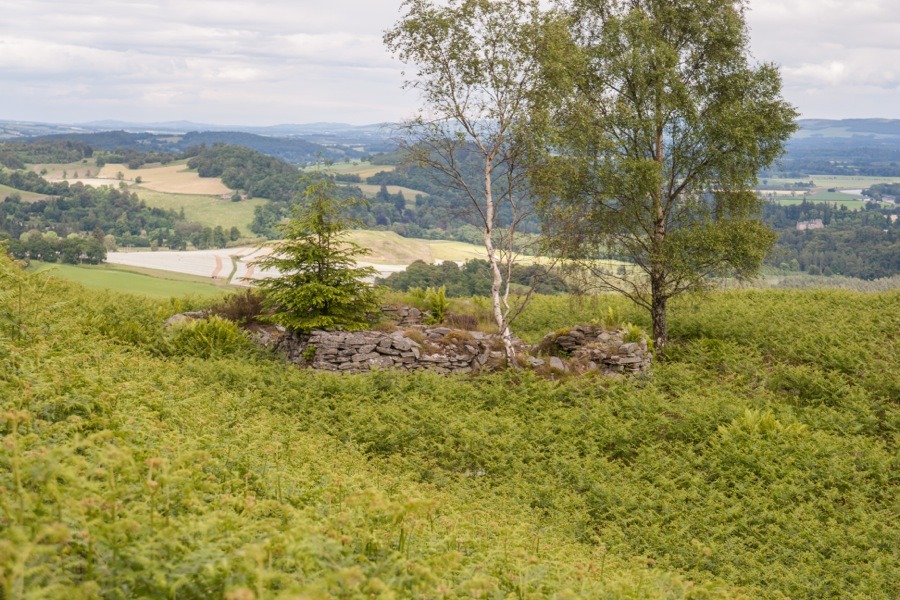
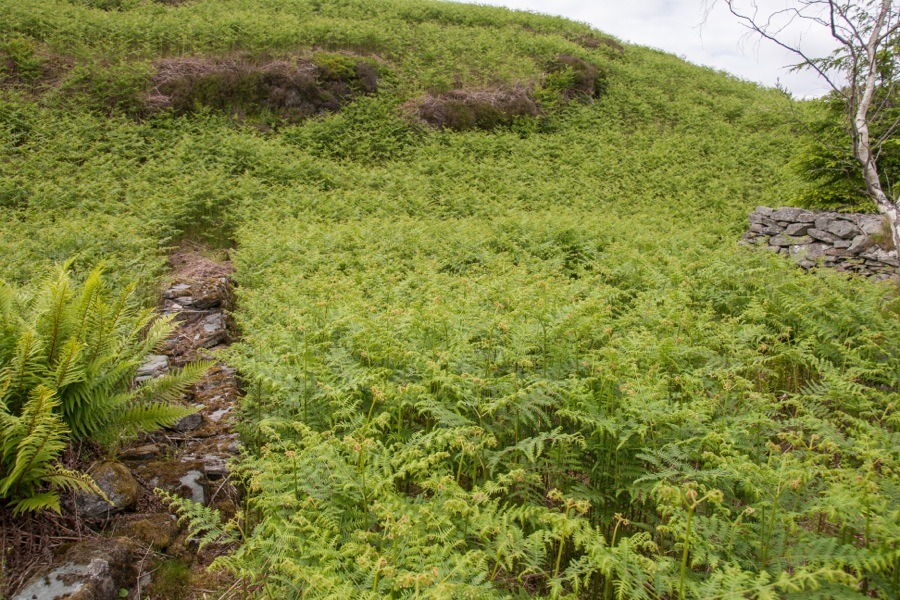
It takes the form of a small rectangular central tower with a small round tower projecting from each of the north-east and south-west corners (known as a Z-plan castle).
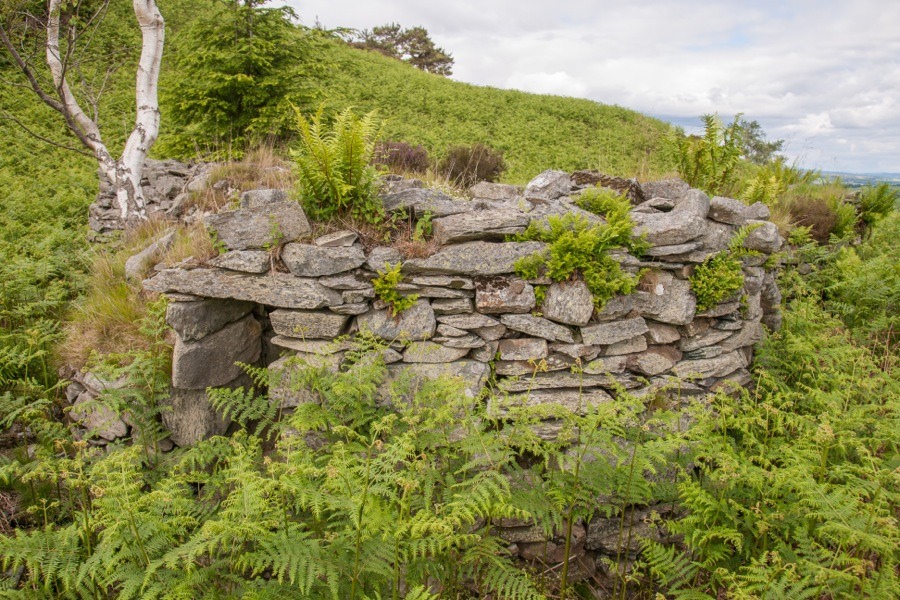
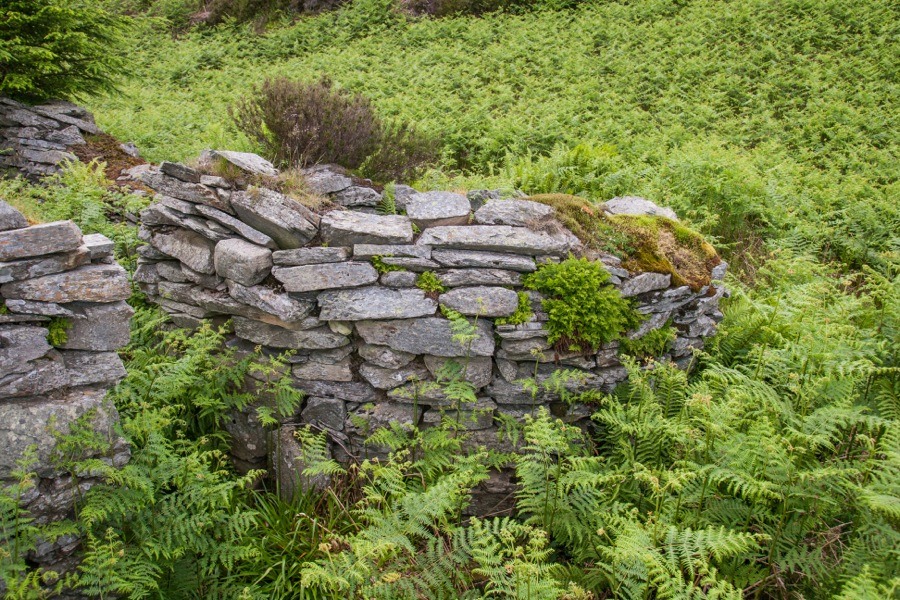
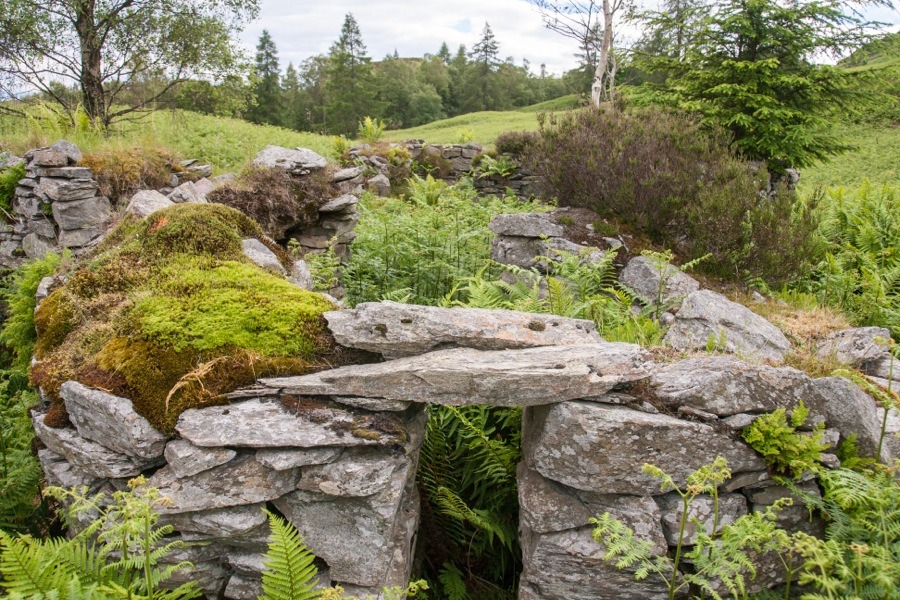
Probably built in the 16th century, it served as a hiding place for William Ruthven, 1st Earl of Gowrie and 4th Lord Ruthven, in 1582 following the Raid of Ruthven.
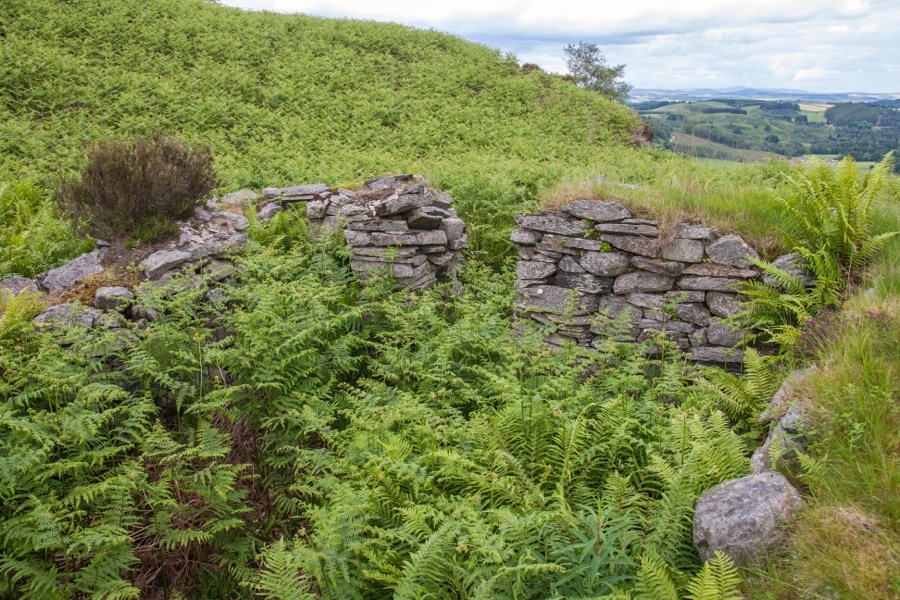
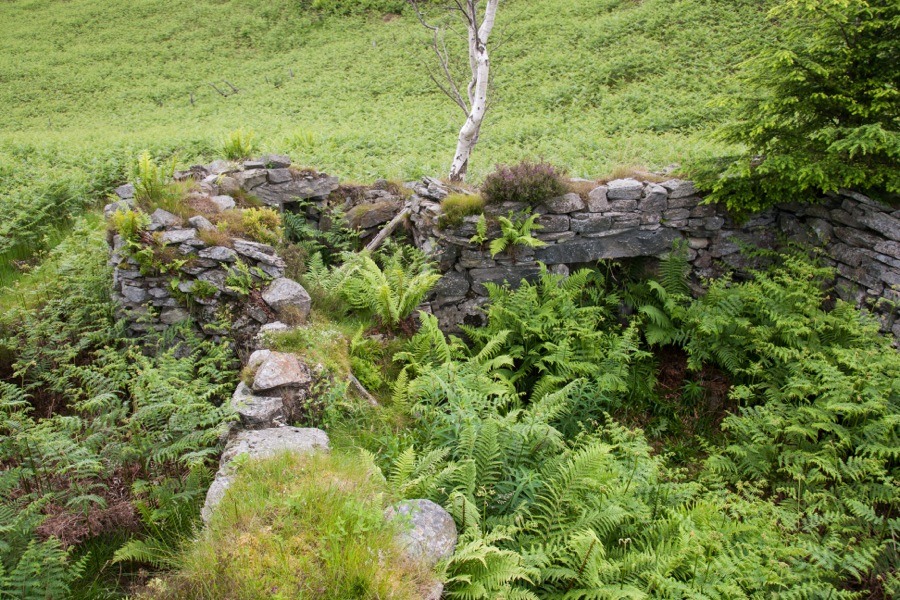
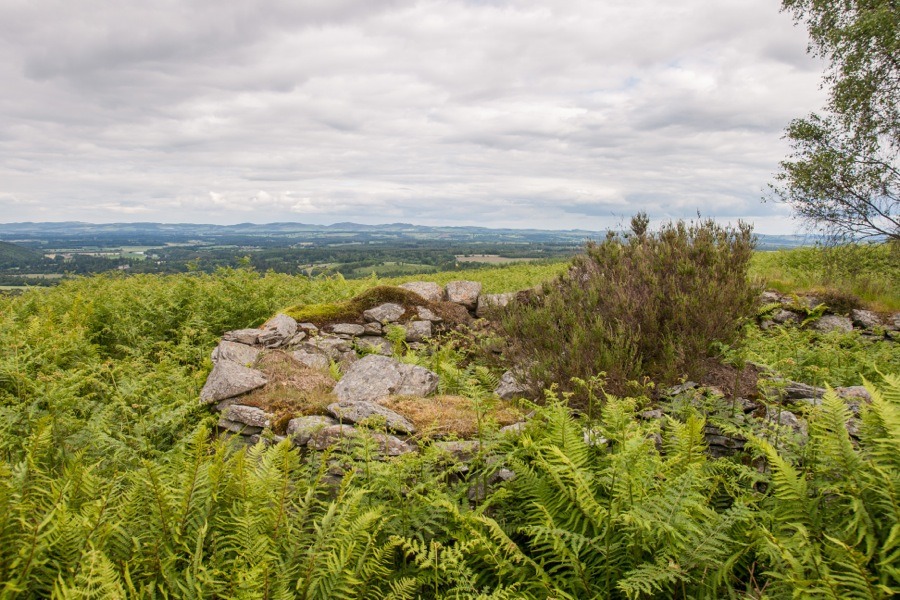
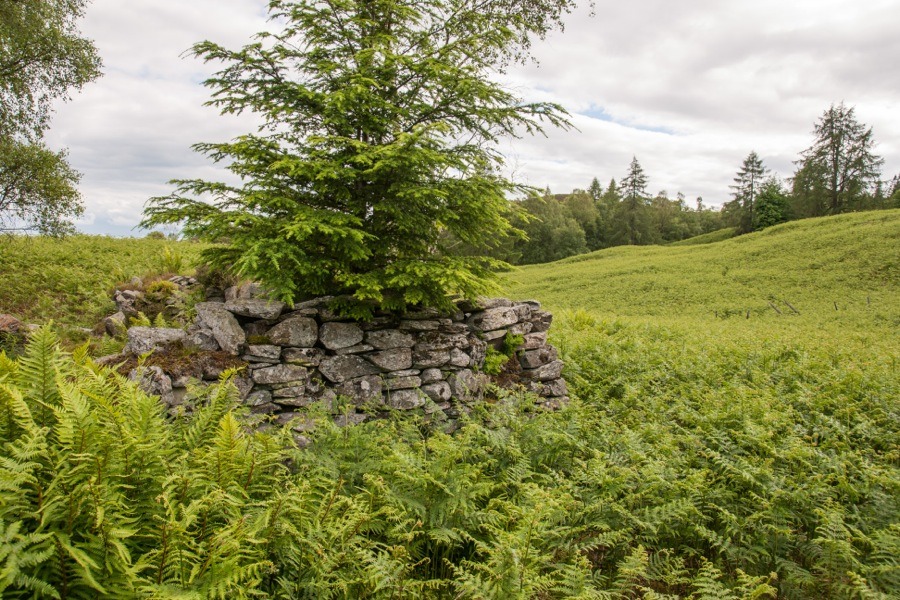
We had hoped to find some cup and ring-marked rocks to the south-west of the castle but the dense bracken meant that we opted to retrace our steps back along the fence instead and save that for a winter visit. It was a welcome relief when we finally emerged from the ferns to rejoin the path once more.
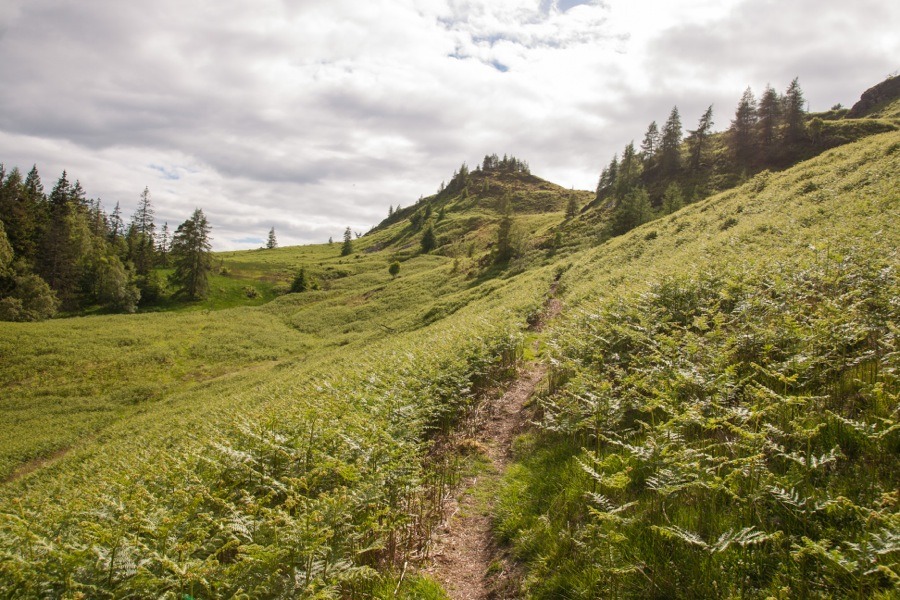
With gravity on our side we were soon back at the car and decided to drive the short distance to Dunkeld to do some castle investigation. That there was once a castle at Dunkeld isn’t in doubt, however there seem to be a few theories as to it’s exact location.
The original Dunkeld Castle may have stood on a motte and was located within the vicinity of Dunkeld Cathedral, but its exact location is no longer known.
One suggested location is on Bishop’s Hill to the west of the cathedral, so we went to investigate. The site is approached via a network of paths beyond the cathedral, and we soon spotted the hill rising from the bracken amongst the trees. Incidentally, the bracken-covered flat area in the foreground is a suggested site of the location of a 15th century tower house associated with the Bishop’s Palace.

Bishop’s Hill consists of two summits, on the easternmost of which is a low oval mound which has been suggested to possibly be the motte of the early castle.
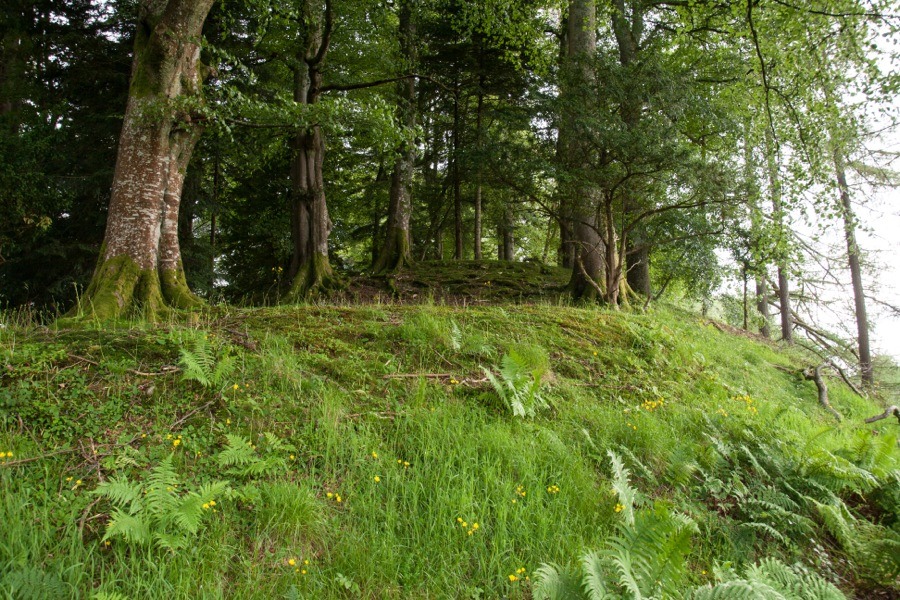
On the westernmost summit are the foundations of thick rubble-built walls.
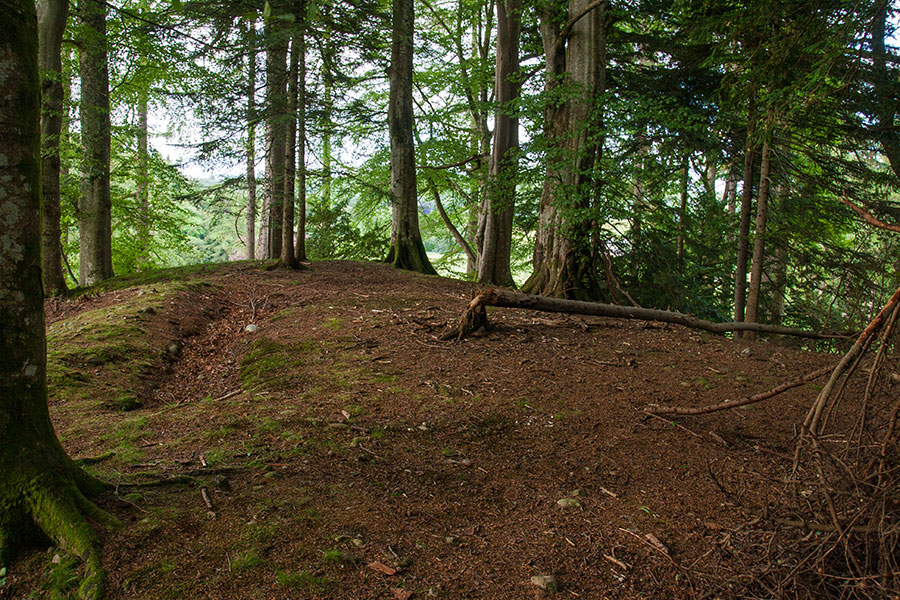
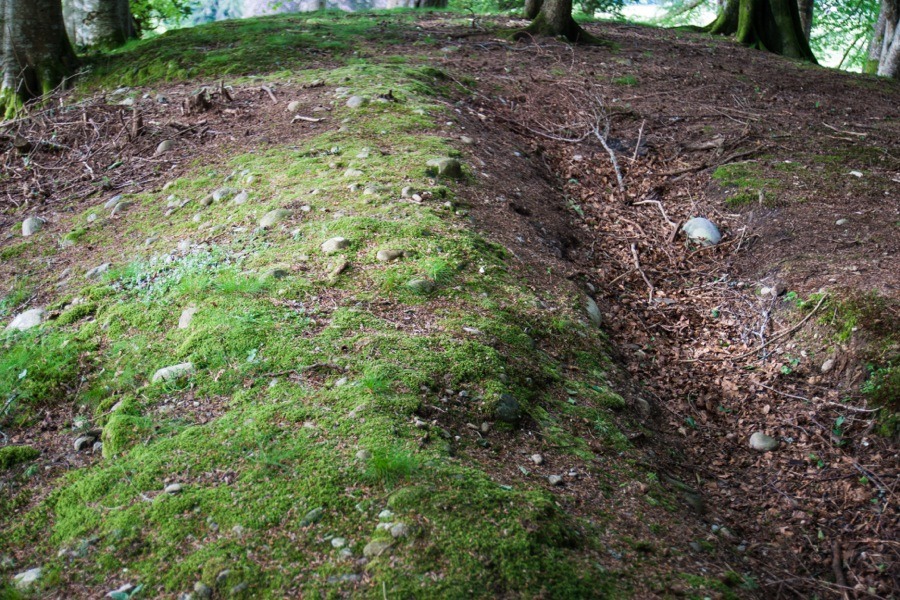
This second summit has been suggested as the site of the windmill shown on John Slezer’s drawing of Dunkeld published in 1693. Also visible on the drawing are the ruins of the Bishop’s Palace tower house just to the right of the windmill behind the trees and Dunkeld House on the extreme right.
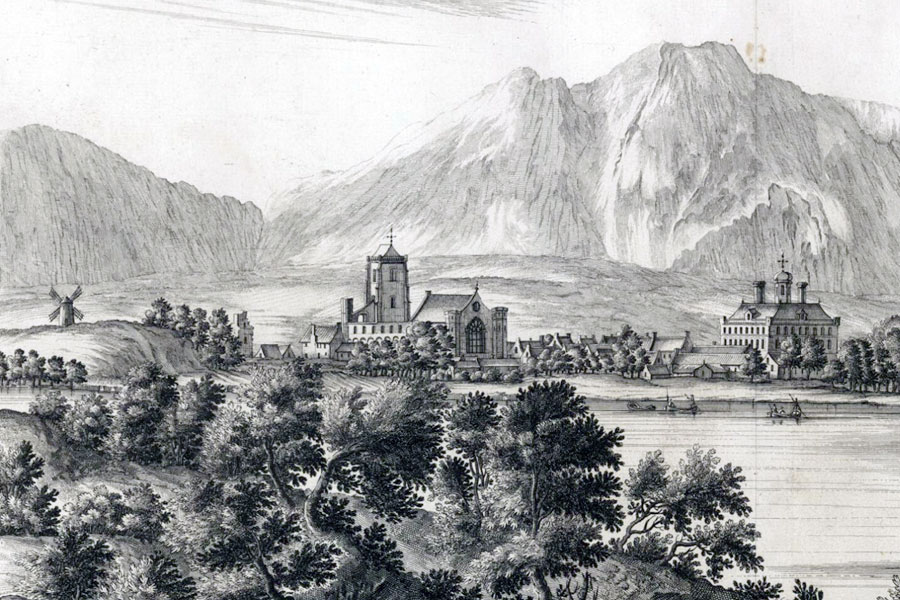
Theatrum Scotiae, John Slezer, 1693
Unfortunately we didn’t take a photo of the site of Dunkeld House, now grassy parkland behind the cathedral, so we’ll have to return another day.

